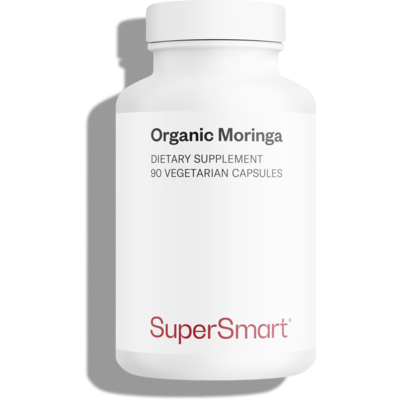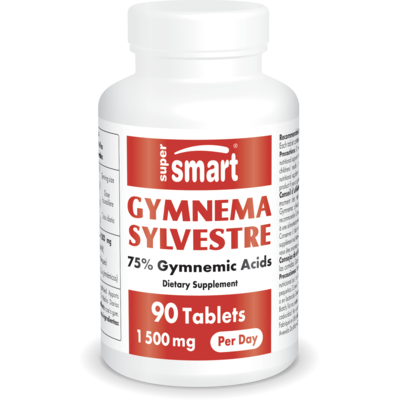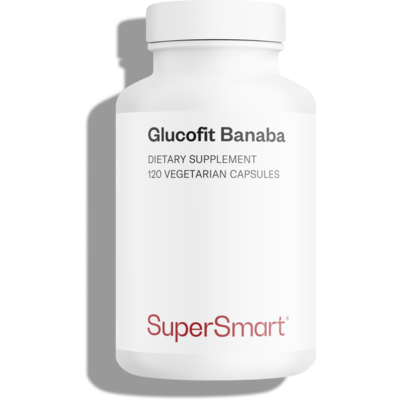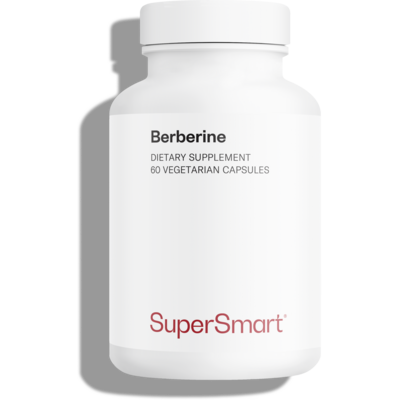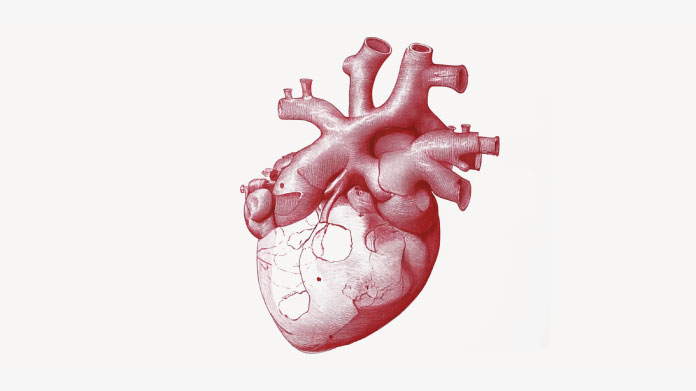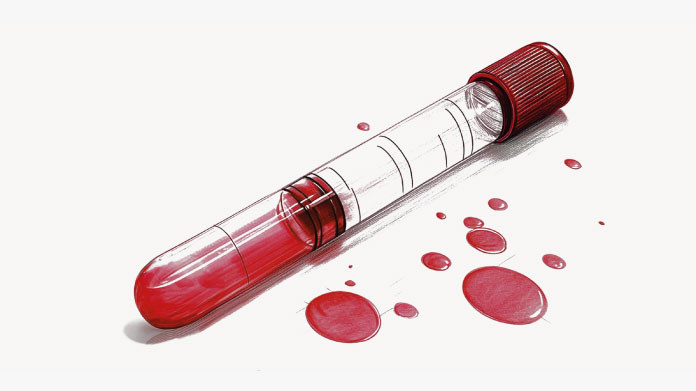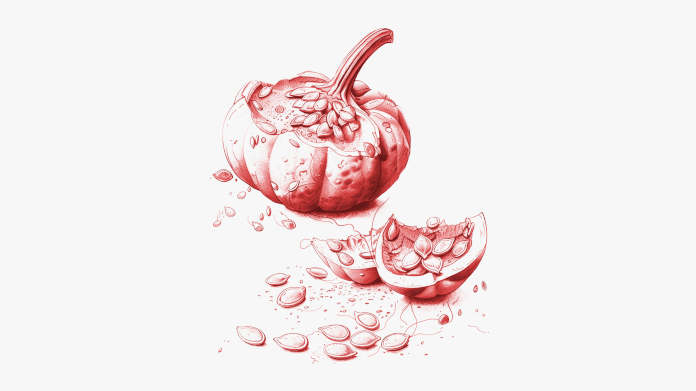Low glycaemic index foods: what are they and why should we eat them?
It’s not just diabetics or obese individuals who benefit from knowing which foods have a low glycaemic index. Discover which foods fall into this category.
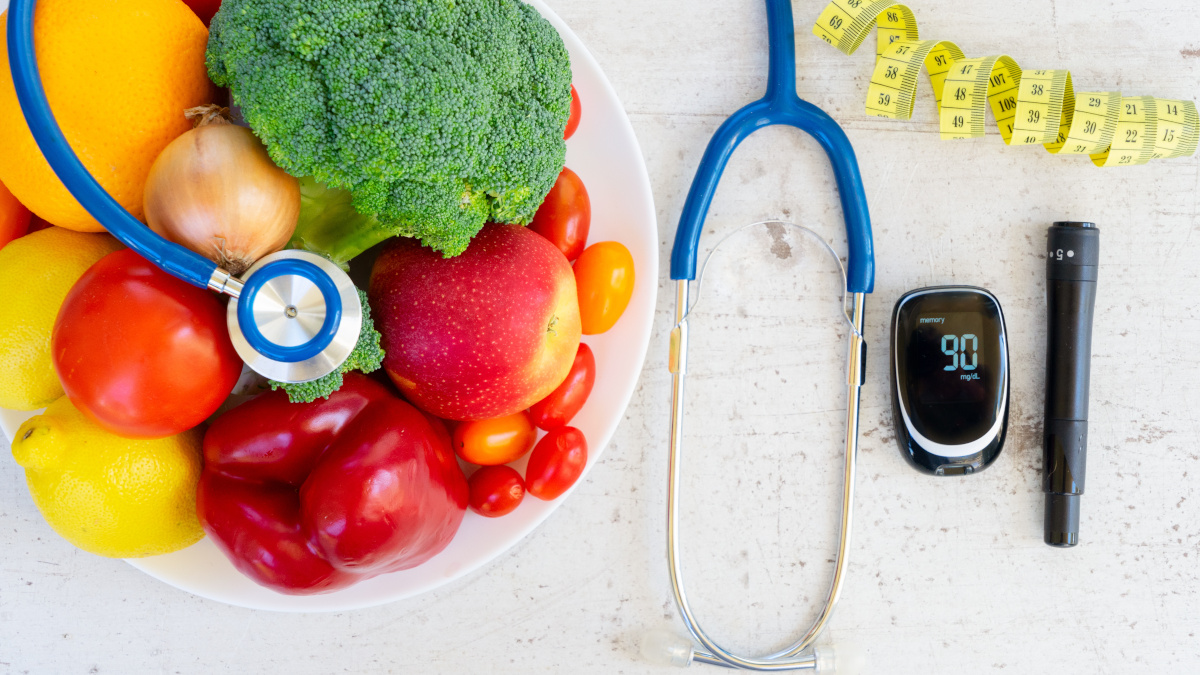
What is the glycaemic index?
The glycaemic index
For decades, doctors advised their diabetic patientsto stop eating carbohydrates. It was thought that all carbohydrates had the same effect on glycemia, ie blood sugar levels, leading to recommendations for sugar-free diets.
However, in 1981, US scientists found that not all carbohydrates had the same impact on glycemia. Foods were subsequently ranked according to their particular effect on raising blood sugar levels.
This is the glycaemic index (GI): quite simply, the more a food elevates blood sugar levels, the higher its glycaemic index (1).
In this way, the researchers established that glucose, sucrose, fructose, starch, etc. (so the various carbohydrates) had a different glycaemic index.
Low, medium or high GI?
According to this ranking:
- foods with a glycaemic index below 55 are classed as low GI;
- foods with a glycaemic index between 55 and 69 are medium GI;
- foods with a glycaemic index above 70 are high GI.
The glycaemic load
In an effort to refine this approach, doctors more recently developed a new measure: the glycaemic load (2).
In fact, the glycaemic index only calculates the impact on blood sugar of 50g of carbohydrates. It does not take into account:
- the amount of the particular food usually consumed;
- the proportion of carbohydrates in that food;
- the nutritional quality of that food.
As a consequence, carrots, which contain fibre and are only 10% carbohydrate, emerged as having a GI of more than 90! However, to reach this score, the participants in the original study had to eat ... 500g of cooked carrots.
That’s why now, the recommendation is to concentrate on the glycaemic load. Using this measure, cooked carrots score just 6 for glycaemic load.
Why eat low foods with a low GI?
Though doctors were initially interested in the concept of a glycaemic index and glycaemic load in relation to treating their diabetic patients and developing suitable diets for them, recent research has shown that glycemia is also a factor in obesity, sleep problems and mood disorders (3-5).
Eating high GI foods produces a spike in blood sugar levels, which the insulin secreted by the pancreas may be unable to completely absorb.
- greater fat storage;
- major fluctuations in energy and vitality throughout the day;
- headaches;
- significant mood swings;
- hormone imbalances;
- hypertension.
In short, spikes in blood sugar have a considerable negative impact on our general health, and so we should all try to avoid eating too many high GI foods.
Here are some tips for eating a low carbohydrate, and thus low GI diet.
Low GI fruits
Below is a short list of low GI fruits, though first, it’s worth remembering a few key points:
- the more processed a food is, the higher its GI; fruits should therefore be eaten whole and raw;
- the riper the fruit, the higher its GI;
- fruit eaten some time before or after a meal, has a higher glycaemic load.
Low GI fruits include:
- cherries;
- plums;
- gooseberries;
- grapefruit;
- apples;
- peaches;
- pears;
- oranges;
- kiwi fruit;
- figs;
- raspberries.
Basically, fresh fruits with higher acidity have the lowest glycaemic index.
Conversely, grapes, watermelon and melon have medium or even high GIs.
Other low GI foods
Similar rules apply to other foods:
- the more refined a food is, the higher its GI: wholemeal flour thus has a lower GI than white flour;
- the more fibre a food contains, the lower its GI;
- the more processed a food is, the higher its GI.
Foods to include in a low GI diet:
- wholemeal bread with grains and sourdough;
- whole grains in general;
- pulses (lentils, beans, peas, chickpeas, etc.);
- sweet potatoes;
- yams;
- broccoli;
- almonds, walnuts, hazelnuts, etc.
Natural aids for controlling glycemia
There are also some highly-effective natural remedies that can help control your blood sugar levels:
- Lagerstroemia speciosa L., or banaba, is a shrub native to Asia, the leaves of which have long been used in traditional pharmacopoeia, and the benefits of which have recently been demonstrated and recognized. Extract of banaba (which can be found in the supplement Glucofit) thus supports glucose metabolism, weight control and blood sugar levels (6);
- moringa is a tropical tree used for thousands of years in Ayurvedic medicine. Extensively studied for several years, it is recognized for promoting the breakdown of glucose and thus maintaining normal blood sugar levels. It is now available in supplement form (such as Organic Moringa Leaf Extract) (7);
- a climbing shrub also used in traditional Ayurvedic medicine, Gymnema sylvestris , has similarly been much studied by scientists, though the mechanisms by which it helps to normalise the metabolism of sugars are still unknown. Its efficacy, however, is indisputable, hence its popularity as a supplement (such as the product Gymnema Sylvestre) (8);
- last but not least, a number of plants contain an active ingredient called berberine which promotes glucose metabolism and normal glycemia. It’s particularly found in barberry, the source of the 97% pure extract used in the supplement Berberine (9).
SuperSmart ADVICE
References
- WOLEVER, T. M. The glycemic index. World review of nutrition and dietetics, 1990, vol. 62, p. 120-185.
- METTLER, Samuel et COLOMBANI, Paolo. Indice glycémique et charge glycémique. 2021.
- BRAND-MILLER, Janette C. Glycemic load and chronic disease. Nutrition reviews, 2003, vol. 61, no suppl_5, p. S49-S55.
- RAPHAEL, Theophile et PARSONS, John Purl. Blood sugar studies in dementia praecox and manic-depressive insanity. Archives of Neurology & Psychiatry, 1921, vol. 5, no 6, p. 687-709.
- BRAND-MILLER, Janette C., HOLT, Susanna HA, PAWLAK, Dorota B., et al.Glycemic index and obesity. The American journal of clinical nutrition, 2002, vol. 76, no 1, p. 281S-285S.
- STOHS, Sidney J., MILLER, Howard, et KAATS, Gilbert R. A review of the efficacy and safety of banaba (Lagerstroemia speciosa L.) and corosolic acid. Phytotherapy Research, 2012, vol. 26, no 3, p. 317-324.
- PLES, Michael et HO, Howell. Comparative Effects of Moringa Oleifera Lam. Tea on Normal and Hyperglycemic Patients. Ehealth International Journal, 2007, p. 30-34.
- SHANMUGASUNDARAM, E. R. B., RAJESWARI, G., BASKARAN, K., et al.Use of Gymnema sylvestre leaf extract in the control of blood glucose in insulin-dependent diabetes mellitus. Journal of ethnopharmacology, 1990, vol. 30, no 3, p. 281-294.
- LIANG, Yaping, XU, Xiaojia, YIN, Mingjuan, et al.Effects of berberine on blood glucose in patients with type 2 diabetes mellitus: a systematic literature review and a meta-analysis. Endocrine journal, 2019, vol. 66, no 1, p. 51-63.
7 Days
A Product worth waiting for when not…
A Product worth waiting for when not available and then arriving as a surprise!
DOMINIC
8 Days
On time shipping
On time shipping
GEORGE Verne
10 Days
Ordering was easy and the product was…
Ordering was easy and the product was delivered with no problems. Appreciated that I was notified when it would arrive. Thanks!
MascarC
15 Days
Great customer service - responsive …
I ordered from them and my item was unavailable for sometime. I was super happy when they reactivated my order and shipped my item which arrived very quickly. Great customer service.
Ruth Rueter
16 Days
Super fast shipping
Super fast shipping
Donald Borling
20 Days
Reputable companysearch and the number of…
The research and the number of selection of products.
NAKHJAVAN Shervin
33 Days
The Anti Aromatase is a great product
The Anti Aromatase is a great product. You just need to have constant inventory. Recently this product has been out of stock.
GEORGE Verne
34 Days
Great help on chat
Great help on chat. Knowledgeable and friendly.
Jason Argos
38 Days
Customer service was fast and friendly.
Customer service helped to stop the transaction process of the subscription. I appreciated that.
Greenie
38 Days
I order here due to the high quality of…
I order here due to the high quality of the products and the quick delivery of items - thank you
Barbara J
39 Days
SuperSmart's Eye Pressure supplements: highly recommended!
I purchase SuperSmart's Eye Pressure supplements regularly for over 5 years, and gotta say they are truly a wonderful product for my Glaucoma. Highly recommended if you have eye pain from your Glaucoma.
D. Martinez
44 Days
Quick service
Quick service
MONELL
45 Days
Speedy service.
Speedy service.
ROSENTHAL Marvin
48 Days
Clear website- Efficient
Clear website. Excellent search engine and fast delivery!
Mohamad Hussein
51 Days
They have great products.
They have great products.
Vickie

